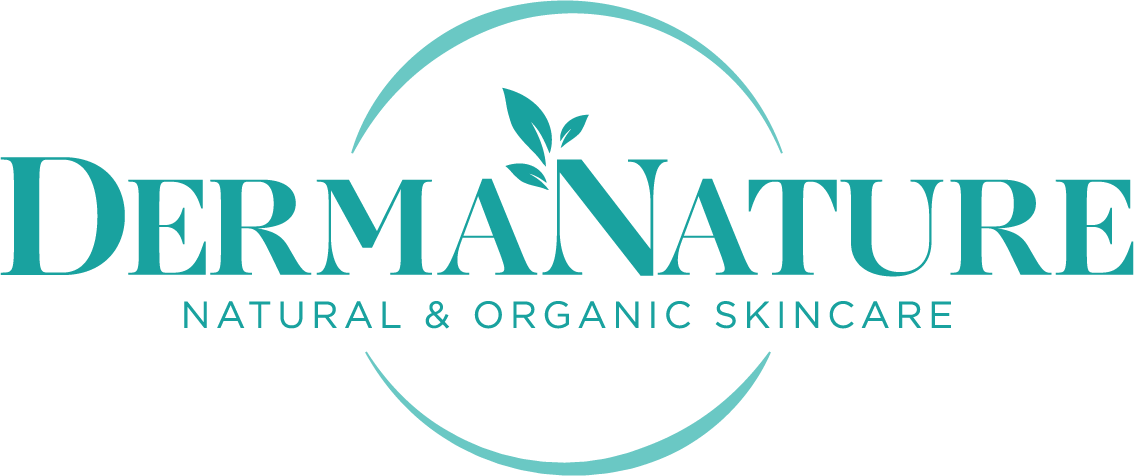Introduction
Scars are a natural part of the body’s healing process, resulting from injuries, surgeries, or certain skin conditions. While some scars fade over time, others may be more persistent and cause physical or emotional discomfort to individuals. Scar revision techniques aim to minimize the appearance of scars, improve their texture, and enhance overall skin aesthetics. While most people associate scar revision with cosmetic purposes, it is essential to recognize that these techniques offer significant non-cosmetic benefits as well. In this article, we will explore various non-cosmetic aesthetic approaches to scar revision, highlighting their importance in improving patients’ quality of life.
Understanding Scar Formation
Before delving into scar revision techniques, it’s crucial to understand how scars form. When the skin barrier is broken, the body responds by producing collagen fibers to repair the injured area. These collagen fibers may create a scar, which is often thicker and different in texture compared to the surrounding skin. Several factors, including the depth and size of the wound, genetics, and individual healing processes, influence the appearance of scars.
Cosmetic and Non-Cosmetic Aesthetic Importance of Scar Revision
While cosmetic scar revision is aimed at enhancing appearance, non-cosmetic aesthetic approaches focus on improving physical and psychological well-being. Scars in prominent areas, such as the face or hands, can lead to self-consciousness, affecting a person’s confidence and quality of life. Cosmetic and non-cosmetic scar revision can address functional issues caused by scars, alleviate discomfort, and restore functionality, making it an essential aspect of overall patient care.
Non-Surgical Scar Revision Techniques
-
Silicone Gel Sheets
Silicone gel sheets are a non-invasive and cost-effective option for scar revision. These sheets create a barrier over the scar, maintaining moisture and regulating collagen production. If used early in the scar formation and very regularly, they help flatten and soften the scar tissue, ultimately improving its appearance and texture.
-
Pressure Therapy
Pressure therapy involves applying constant pressure to the scarred area using compression garments or dressings. This technique helps to flatten raised scars and minimize their prominence. Pressure therapy is commonly used for hypertrophic and keloid scars.
-
Cryotherapy
Cryotherapy involves freezing the scar tissue using liquid nitrogen. This controlled freezing helps to break down the scar’s collagen fibers, reducing its size and improving its overall appearance.
-
Laser Therapy
Laser therapy, a versatile non-surgical approach, utilizes focused light to target specific areas of the scar. This stimulates collagen remodelling, helping to reduce redness, flatten the scar, and improve its texture.
-
Microneedling
Microneedling, also known as collagen induction therapy, involves using fine needles to create controlled micro-injuries in the scar tissue. This process promotes the production of collagen and elastin, leading to smoother and more even-textured skin.
Surgical Scar Revision Techniques
-
Excision
Scar excision involves surgically removing the existing scar tissue and suturing the wound in a manner that promotes better healing and less visible scarring. This technique is commonly used for wide or irregular scars.
-
Z-plasty
Z-plasty is a surgical technique that involves creating a Z-shaped incision along the scar. This reorients the scar, breaking up the straight lines and making it less noticeable. Z-plasty is often used for scars that run parallel to natural skin tension lines.
-
W-plasty
Similar to Z-plasty, W-plasty involves creating a series of W-shaped incisions to alter the scar’s direction and make it less conspicuous. This technique is particularly effective for revising scars that are shorter in length.
-
Flap Surgery
Flap surgery involves moving adjacent healthy skin to cover the scarred area. This technique is beneficial for large scars or those that are challenging to treat using other methods.
Post-Scar Revision Care
Proper post-scar revision care is crucial to ensure optimal healing and minimize the risk of complications. Patients should follow their healthcare provider’s instructions carefully, which may include keeping the wound clean, avoiding sun exposure, and using scar-reducing creams or ointments.
Conclusion
Scar revision techniques go beyond cosmetic purposes and play a significant role in enhancing the overall well-being of patients. Whether through non-surgical approaches like silicone gel sheets and laser therapy or surgical techniques such as Z-plasty and flap surgery, scar revision aims to improve physical function, reduce discomfort, and boost self-confidence.
As medical advancements continue, we can expect scar revision techniques to become even more effective and personalized, catering to individual needs and providing better outcomes. By acknowledging the non-cosmetic aesthetic importance of scar revision, we can offer comprehensive care to patients and help them embrace their journey towards healing and renewed self-assurance.

